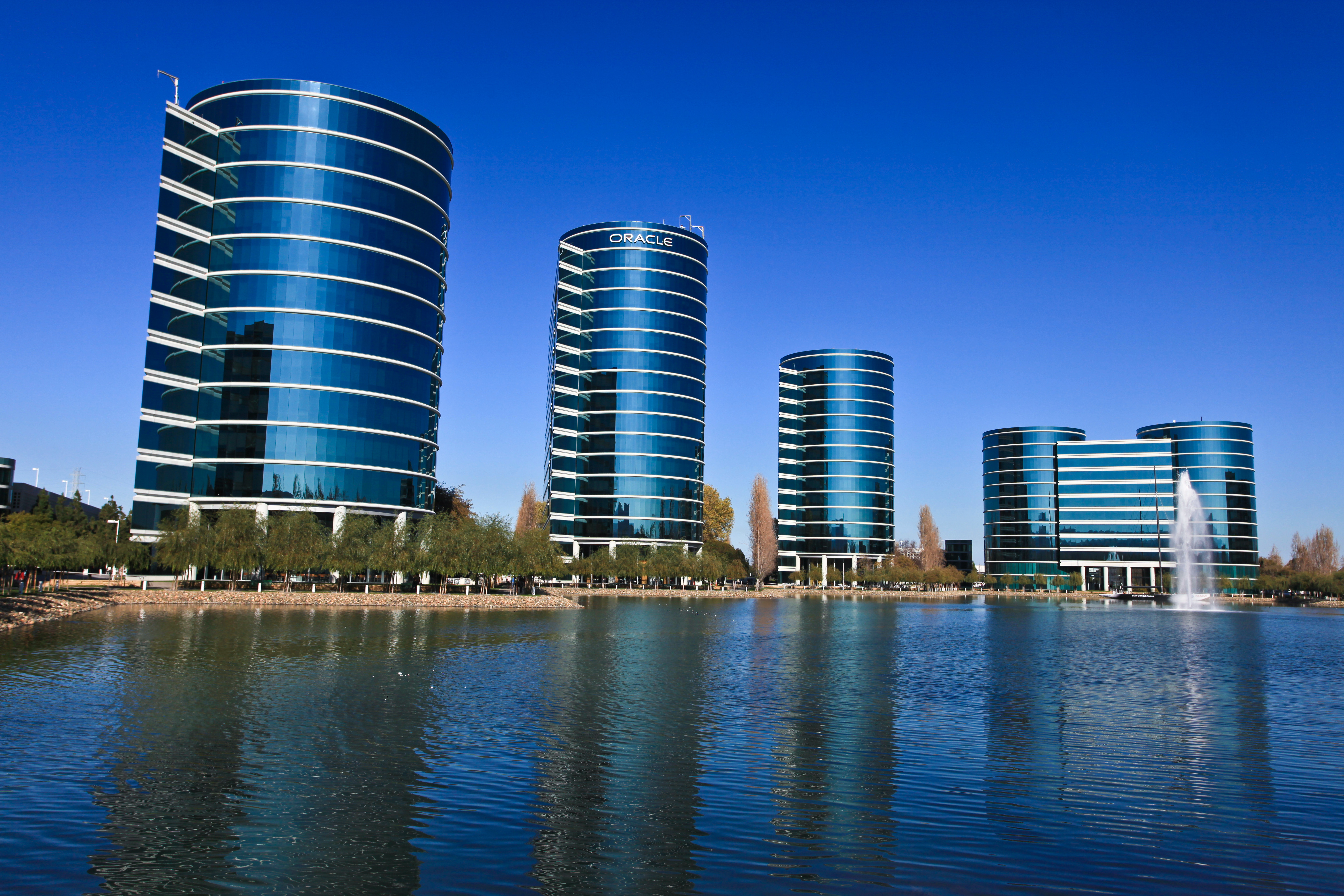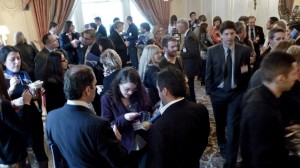Last June 25 of us went to Silicon Valley as part of IESE Meets The Valley. We visited around 20 companies and organized several events. It was an amazing week and a number of people have asked me what I’ve learned. So that’s what I will try to explain in this post. During the trip I learned about three groups of people that I’d like to share with you.
The Postponed
One of the people receiving us said something remarkable: the European market is no priority for Silicon Valley startups. When I thought about this a little, I came to the conclusion that this actually could make sense. There are many different languages in Europe and the legal systems aren’t the same everywhere either. On top of this all, there is the complication of the different cultures that Europe has which sometimes require different approaches as well. These differences even hold for web-startups. This means that for a Silicon Valley startup it would take a considerable effort to enter the European market while there is a great market of more than 300 million US citizens and 34illionm Canadians around. Some startups that we visited, like Eventbrite, are taken to Europe by their customers. But it seems that many start-ups postpone the European market. European countries are “The Postponed”.
The Forgotten
The second group I identify are “The Forgotten”. I make the following observation very carefully: There seem to be very little start-ups focusing on senior citizens. I say very carefully because I have only done a fast Google search and spoken to only a few people. But we can safely say that the front page of TechCrunch isn’t filled with start-ups focusing on seniors. There are some start-ups out there developing some products. Examples are PCs for seniors or a dialer app transforming a smartphone into a simple seniors-friendly phone. Finally there are some “senior citizen dating websites” and apps that I found. These are all “low hanging fruit” business models. But it seems that seniors are “The Forgotten” even though they are a very interesting market. Their needs seem plentiful ranging from simplifying things to adding value to their health and security. Additionally, this market is growing as the world population ages. However the market is also difficult. It could turn out to be challenging to identify the needs of these people. They are used to some level of technology but they aren’t as sophisticated as younger generations. So it seems that applications targeting them need to hit this “sweet spot” of solving problems while not being too complicated or too simple.
The Inspired
The third group I identified are “The Inspired”. Perhaps this group consists of only one person: me but I believe there are many more who visit The Valley. I had already heard a lot of the lessons by following the blogosphere and talking to people in Europe. However being in the offices of the companies we visited was really asthonishing. Visiting Piazza, that has secured funding and quadrupled their team while doing amazing things, was impressive. Bumping in to Aston, one of the Cooliris founders and seeing him coding part of their amazing product was another inspiration. Also our meeting at Lemon and my talk with one of their founders inspired me a lot. The bigger companies were also inspiring, everyone we met was in some way. However these start-ups show that it is possible and that you should just go out “and do it”. It inspired me to work even harder at my own startup. So besides many lessons, inspiration is probably the biggest take-away for me personally from our week-long IESE Meets The Valley trip.
Our week was amazing, and next year’s dates have already been set. IESE Meets The Valley 2013 will be March 24 – 30 2013!



Congratulations to you and your team for organizing such a great event.
I look forward to the 2013 event!
Thanks Jeff, so are we! Now let’s put it into practice in Barcelona 😉
Very interesting analysis. Thanks for sharing !